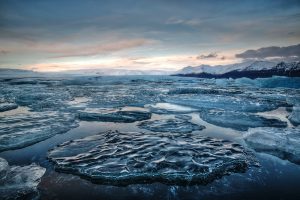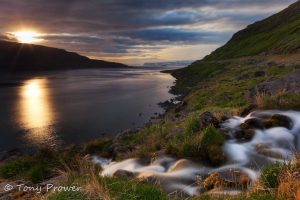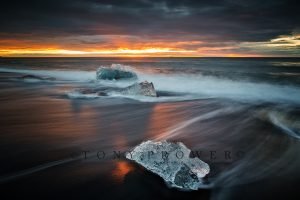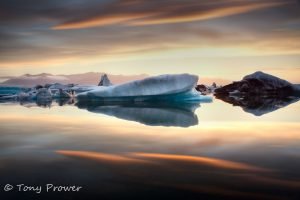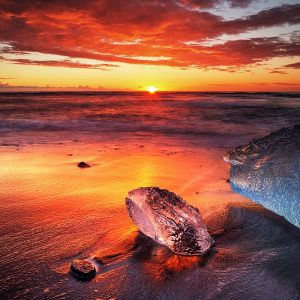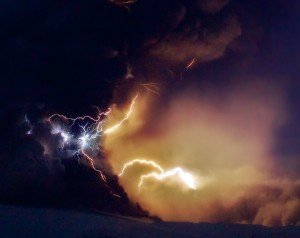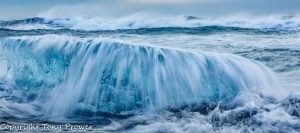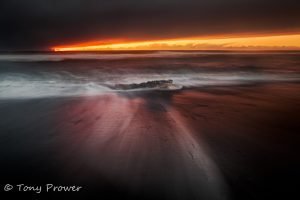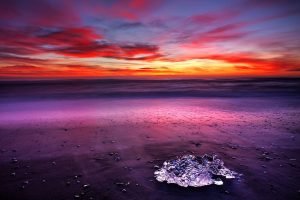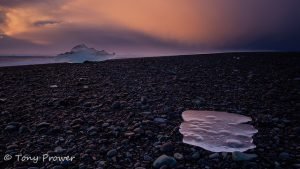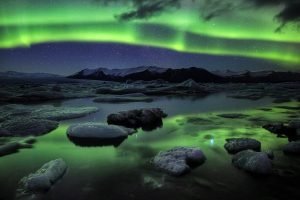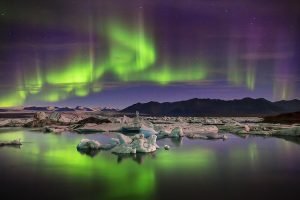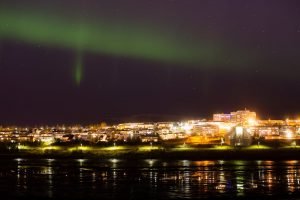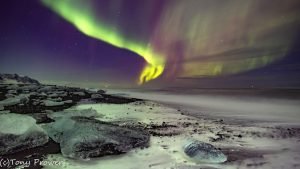Aperture
Camera aperture is quite simply a hole. It is an adjustable hole. The adjustments are normally 1-stop increments. For example f/2.8 is double the size of f/5.6. Because the aperture is double the size, it lets twice as much light onto the sensor. This can result in a brighter image (1 stop brighter) or a faster shutter speed to achieve the same brightness. The shutter speed would be twice as fast (1 stop) in this case.
The larger the number, the smaller the aperture; this can be confusing for the beginner.

Private Northern Lights Tours
Large apertures
Why would I pick f/2.8 over f/5.6?
Choosing f/2.8 will help you in a low-light situation when you have to hold the camera by hand. The shutter will be twice as fast as the f/5.6.
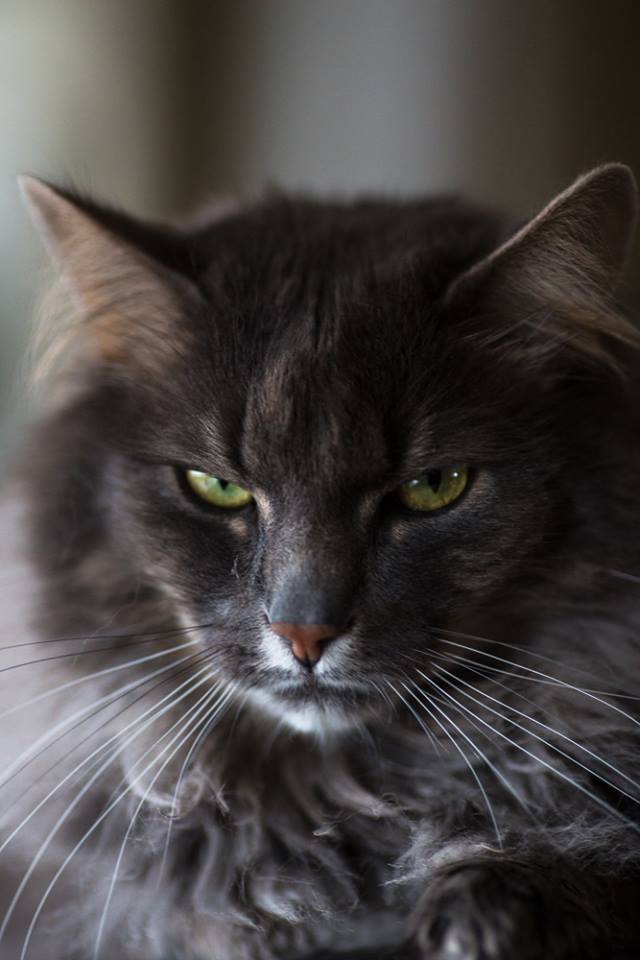
Cat Portrait
Shooting this cat portrait at f/2.8 was not so much about increasing the shutter speed as creating a shallow depth of field (DOF). The DOF is the area that will appear sharp. Only one plane will be in focus, so we know that will be sharp. The DOF relates to the areas 2/3 behind and 1/3 in front of the focal point.
The eyes are in focus (focal plane), but the detail starts to get blurred on his nose (in front of the focal plane) and even more on his right ear (behind the focal plane). The depth of field just about covers his face. This can be desirable for a number of reasons. It gives the images a sense of depth, and it draws the viewers attention to the most important part of the portrait—the eyes. Because of the blur on his right ear, you can sense that his left ear is slightly forward.
Small apertures
Why would I shoot with small apertures like f/22?
The smaller apertures let in less light, which means slower shutter speeds, so they typically require a tripod to work successfully. The desired effect is that everything in the image appears sharp. There is little or no blur because the DOF covers all objects. This is desirable in a landscape photograph. As a trade-off, nothing is really sharp at f/22, it is to do with being so far from the lens sweet spot (best aperture; with many lenses, this is around f/8). Most landscape photographers will actually use f/11-16 and achieve a good DOF. They achieve better sharpness because they are closer to the sweet spot. Some photographers will choose f/22 simply for the slower shutter speed if they want to blur water like a silky waterfall effect. While this is effective, the correct choice would be a Neutral Density (dark) filter and the correct aperture choice regarding DOF.
For a more advanced discussion, see my Arguing for Aperture article.
Depth of Field
Aperture’s effect on blur and DOF. The lens is focused on point 2, creating a sharp point on the sensor (5), but the objects not in the focused plane (1 and 3) are blurred (circles of confusion). Decreasing the aperture size (bottom diagram) reduces the size of the blur for objects at different distances. When the blurring is imperceptible, all points are within the Depth of Field (DOF).
Aperture choice can be useful to manipulate the shutter speed. Aperture works with ISO and shutter speed to form the exposure triangle. But really, your choice of aperture should be a consideration for DOF. DOF is an important key to communicating depth and guiding attention through an image.
But aperture is not the only choice that affects DOF. Focal length (how wide your lens is) affects the aperture. A wide-angle lens will naturally have a large DOF whereas a long lens will naturally have a shallow DOF. Technically, DOF is the same in both, but it is the distance of the lens to the subject that will contribute to the shape of the DOF.
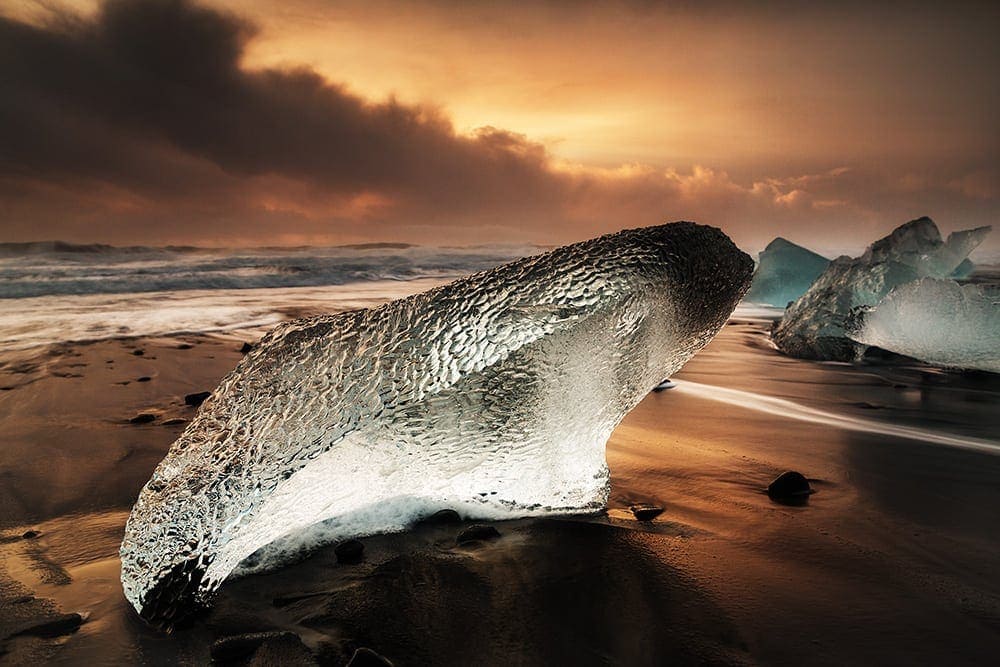
My Gear
My Canon 5D and two prime lenses give me great sharpness in landscape photography.



